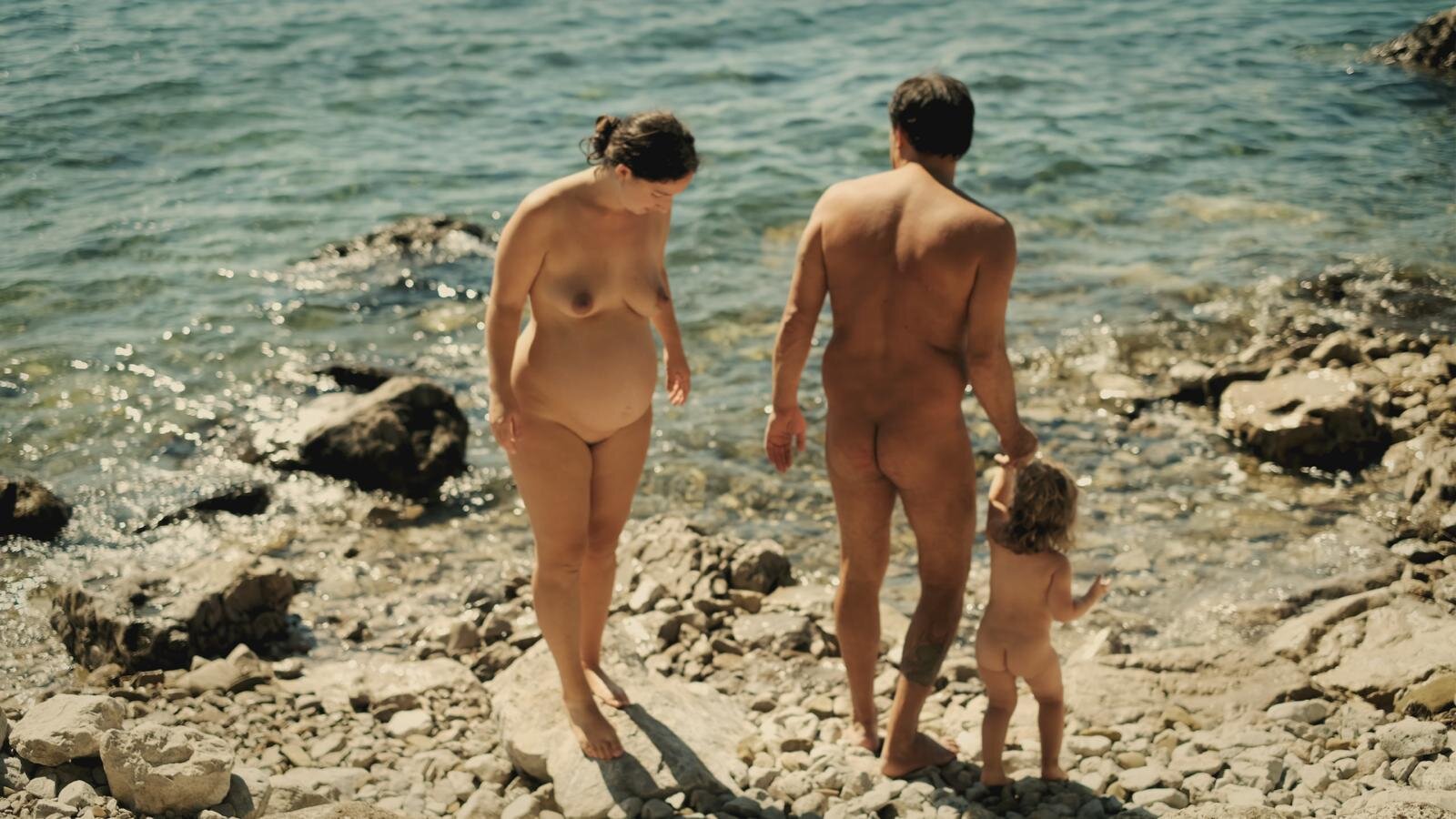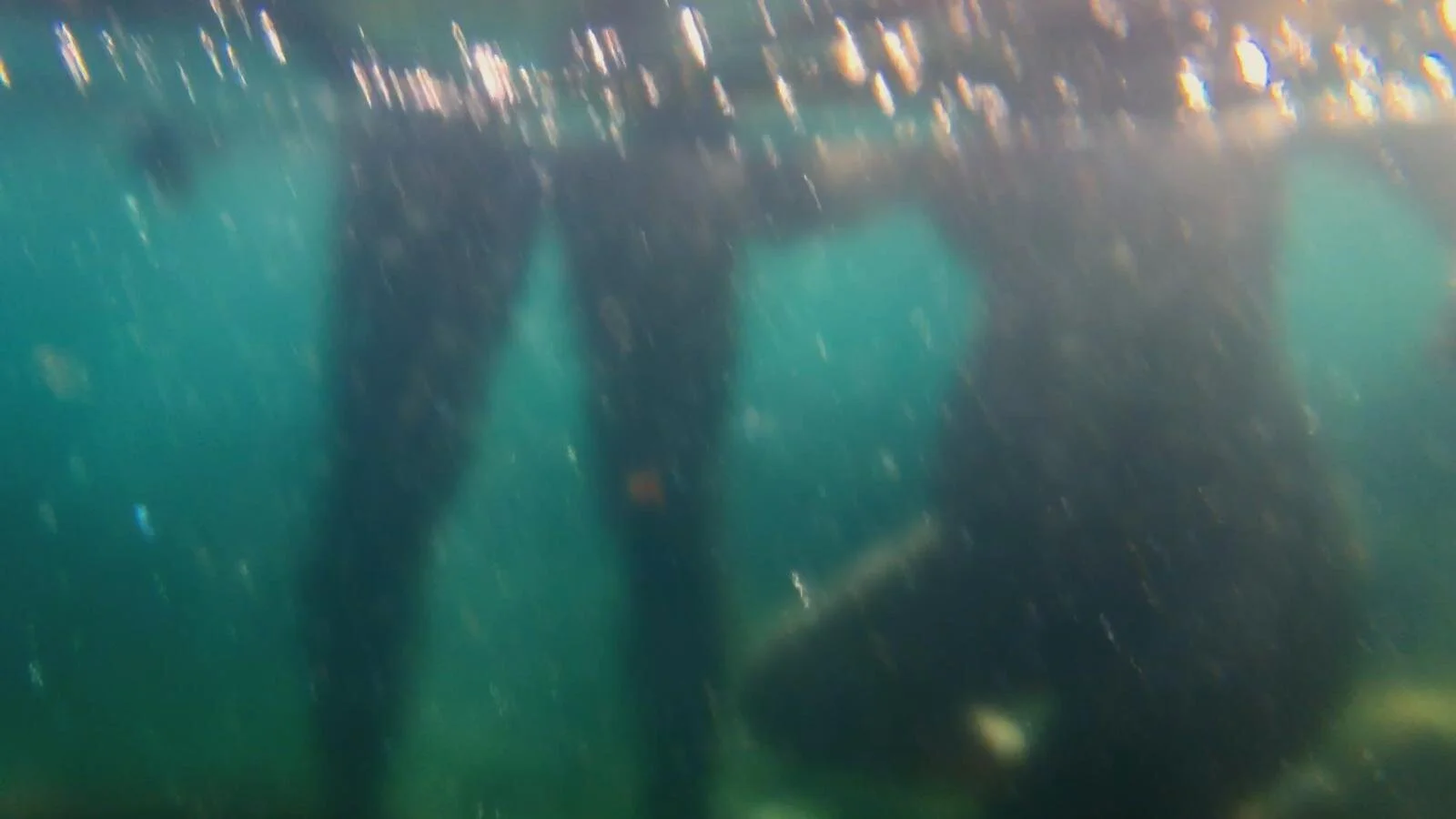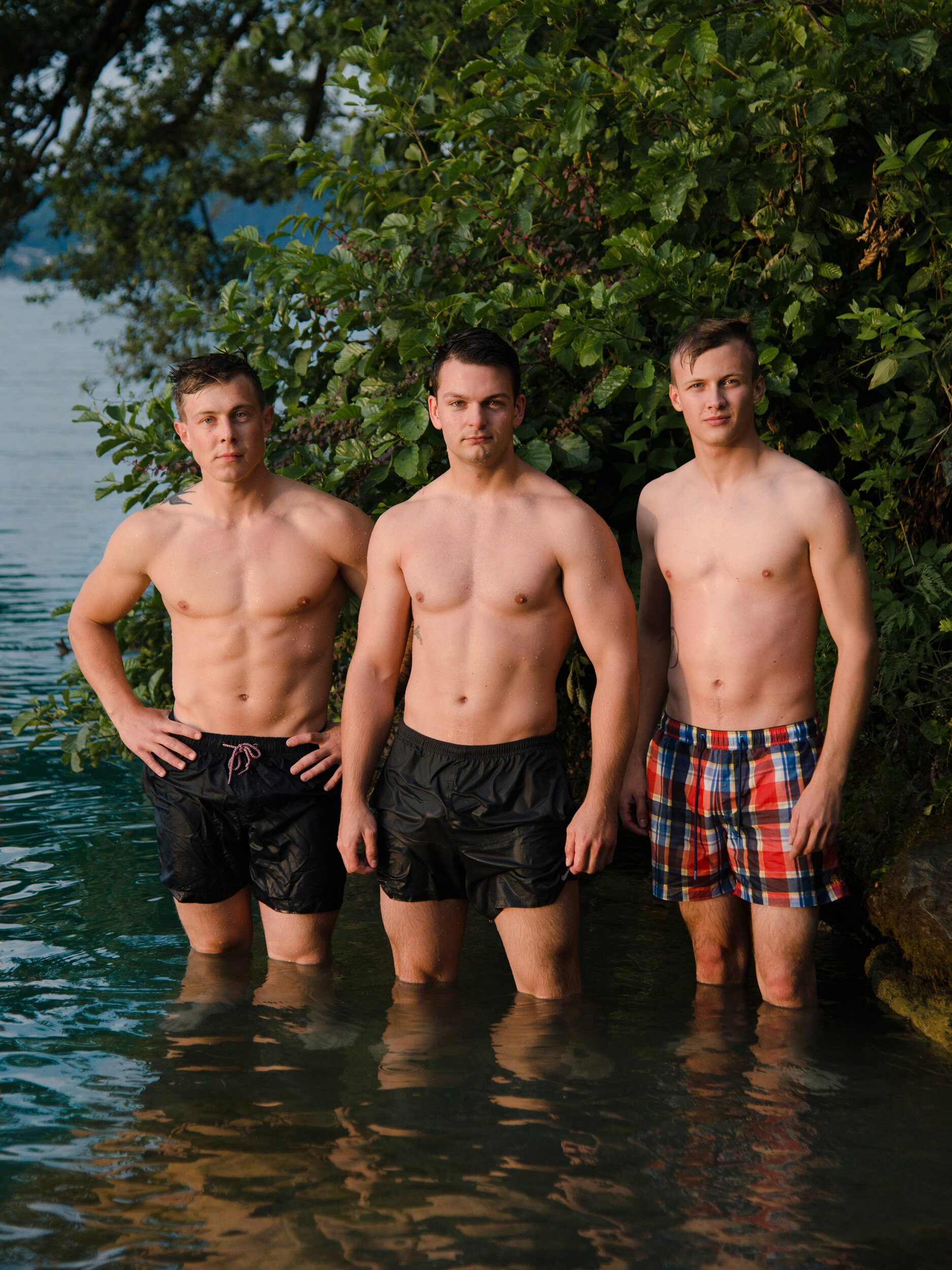The Body
For the last feature of the PHOTO MEET & NORTHERN NARRATIVES Open Call we present the works by Alba Zari, Jessy Boon Cowler and Stefan Reichmann who, with their own distinctive approaches have explored different aspects of the human body and our innate relationship with mother nature.
After several months in lockdown we have all longed for the holiday season to get in touch with the elements and to get our share of fresh air. While our previous feature focused on various aspects of the rural context, this time we decided to celebrate the summery feeling through our intimate need to expose our body to sunlight and rediscover the primordial link with water.
Thanks to the contributing photographers (in alphabetical order): Alba Zari, Jessy Boon Cowler and Stefan Reichmann


















